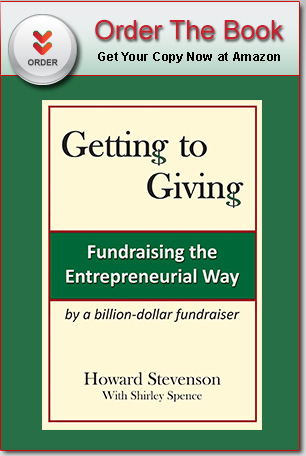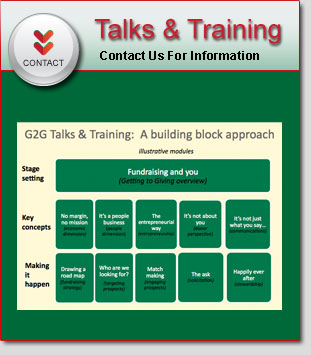First of all, allow me to congratulate you in having an annual report at all; many nonprofits don’t! Those that do make the effort often produce something with lots of pictures and few facts, or take a limited (often internal) perspective.
The Boys & Girls Clubs of the Peninsula (BGCP) offers what I consider to be a much better model for annual reporting. I have shared their Report to Stakeholders with several nonprofits and invite you to take a look at it.
Why do I like it?
The report offers lots of facts and impact-oriented metrics, addresses all of its stakeholders, and takes a long term perspective that reassures the reader that BGCP leadership knows what it’s doing. It essentially reads like a business plan.
It also addresses all of its stakeholders including its three customers: youth, schools, and funders. For funders, it is easy to find the answers to G2G’s four questions: Are you doing important work? Are you well managed? Will my gift make a difference? Will the experience be satisfying to me?
BGCP’s Executive Director (ED), Peter Fortenbaugh, was kind enough to talk with us about their annual report. We’d like to share his explanation of the inspiration for it, what’s involved in developing it, and why it is worth doing.
Our report partly reflects my business experience preparing a company to go public. If you’re asking for an investment in a business, you must present the need your company has identified and describe your solution for it, backed up with data. We’re also asking for an investment in our organization, if you will, so we need to be just as disciplined about making our case.
BGCP’s development director when I became ED suggested the report. Part of the reason to do it is for me as ED. I need to be prepared to answer the question, “How are we doing?” It’s a forcing mechanism once a year to hold yourself accountable with full transparency on what has worked and failed, and an opportunity to get agreement on goals.
The report has helped us gain a lot of supporters. Not everyone cares about it but many sophisticated donors do, so it helps us stand out. We want and are able to get board members who challenge us and ask: “Why is this bad and and this good?”
Developing the report is not a “do it and you’re done” kind of exercise, and it’s not really a lot of extra work. It’s more a compilation, a pulling together of things that we do to plan and manage our activities on an ongoing basis. The metrics, for example, are all things that we are tracking internally anyway.
It also becomes a template of sorts for a lot of grant writing: “Here’s our story and our message.” Every grant and granting organization is different, of course, but you can cut and paste and massage for the particular audience you are addressing.
Thank you, Peter!



